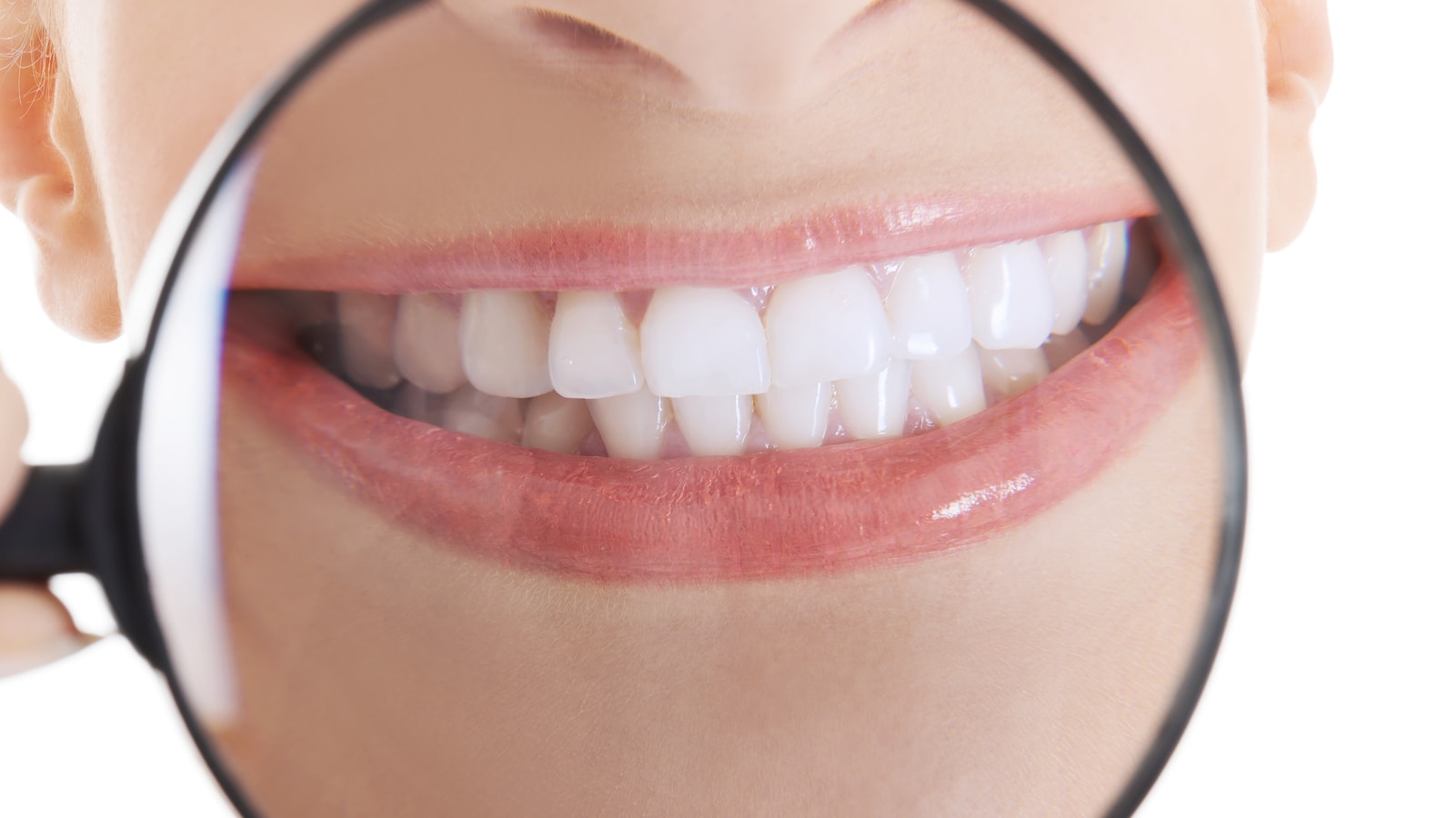
The difference between vital and nonvital teeth whitening is whether the tooth has had a root canal. If a patient has had a root canal, and wants to bleach or whiten the discolored tooth, that is nonvital bleaching. Vital bleaching is for normal and healthy teeth which are bleached a couple of shades whiter. In other words, nonvital is with root canal and vital is non-root canal. There are a variety of whitening systems. The basic principle behind all of them is that there is some form of peroxide, such as hydrogen peroxide or carbamide peroxide, for vital bleaching. Nonvital bleaching is mainly a perborate mixed with 30% hydrogen peroxide into a paste. Even light-based whitening treatments are peroxide-based. The light activates and speeds up the process like a little catalyst to turbo charge the bleaching process. The result is teeth that are lighter and healthier looking than before the treatment.
Patients who are GOOD CANDIDATES for vital and nonvital teeth whitening include:
A person that is generally NOT A GOOD CANDIDATE includes:
Teeth whitening can be performed in the office of a dentist or at home.
In-office teeth whitening can take anywhere from 60 to 90 minutes to complete. There are steps the dentist follows when performing in-office whitening:
At-home whitening kits can be obtained from a dentist and require a dental impression in order to create a mouth guard that fits the patient's teeth. The mouth guard allows optimal contact between the gel and the teeth while minimizing any contact the gel has with the gums. The whitening gel is applied to the mouthpiece and is then inserted into the patient's mouth. Patients will continue the treatments at home, on a daily basis, over the next 2-4 weeks. Each whitening session takes approximately 30 minutes. The dentist will check the tray fitting and monitor the whitening process during follow-up exams.
Is Vital or Nonvital Teeth Whitening More Difficult?
In general, nonvital tooth whitening is more difficult because the tooth has already had a root canal. The doctor has to be careful to seal the tooth in a certain area. Sealing the tooth keeps the bleach from reaching the root of the tooth and leaking. Nonvital is technique sensitive, and more challenging, but it can offer great results for a tooth that has had a root canal.
The cost of teeth whiting varies according to the type of treatment performed on the patient. At-home treatments supervised by the dentist cost from $200 to $400. On the other hand, in-office teeth whitening treatments cost in the range of $500-$700.
Whether a patient visits a doctor for vital or nonvital teeth whitening, they can be in and out in 60-90 minutes and back to work instantly. There is virtually no RECOVERY or DOWNTIME necessary since it is not an invasive surgery.
Some patients may experience a bit of sensitivity the day after the treatment. However, Tylenol can be used to provide relief. Patients are advised to refrain from food and beverages that are extremely hot or cold for about 48 hours after the treatment.
The amount of shades lighter a patient achieves from vital and nonvital teeth whitening depends on each person. Some people get six to eight shades lighter while others only get two to four shades lighter. It depends on whether or not the person has been smoking or drinking coffee for years. Sometimes it takes multiple treatments to get the patient where they want to be. Overall, there is a wide range of shades that patients can achieve with teeth whitening.
The results usually last for 4-6 months before they begin to fade. The results can last longer if the patient avoids food and beverages which stain the teeth.
Some of the limitations of vital and nonvital teeth whitening include:
Some of the common risks of vital and nonvital teeth whitening are:
In order to maintain the results of vital or nonvital teeth whitening, patients need to follow a good diet to keep their teeth healthy. They need to stay away from dark food items that stain the teeth. If somebody is drinking coffee and smoking a pack of cigarettes on a daily basis, the results are not going to last. However, a non-smoker that takes care of their teeth can see results that last for years. Vital and nonvital teeth whitening procedures are simple and quick treatments with immediate, dramatic cosmetic results.
Written by Cosmetic Town Editorial Team - MA
Based on an exclusive interview with Yahya Mansour, DDS in Fort Worth, TX